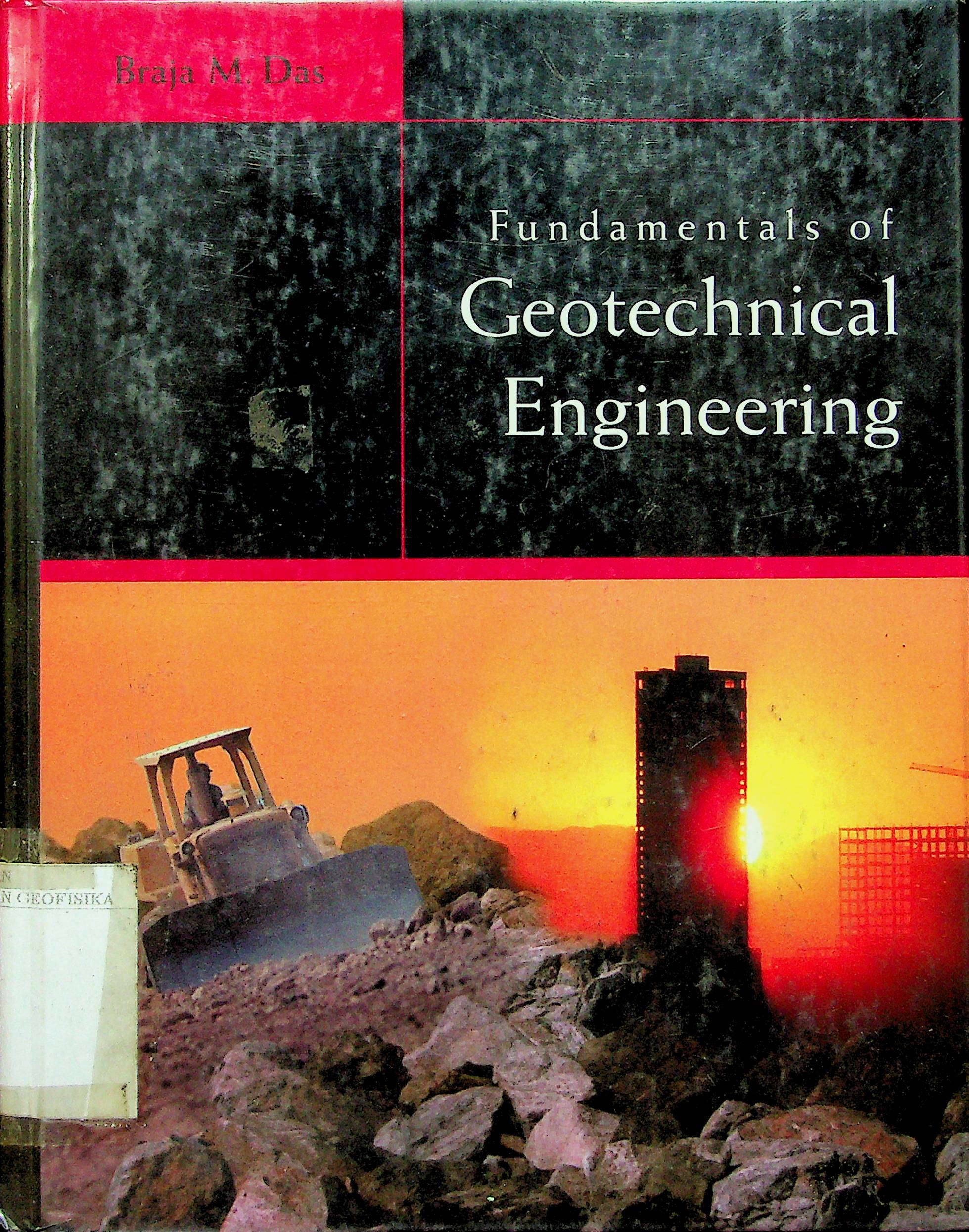Principles of Foundation Engineering and Principles of Geotechnical Engineering were originally published in 1984 and 1985, respectively. These texts were well received by instructors, students, and practitioners alike. Depending on the needs of the users, the texts were revised and are presently in their fourth editions. More recently, there have been several requests to prepare a single volume that is concise in nature but combines the essential components of Principles of Foundation Engineering and Principles of Geotechnical Engineering. This text is the product of those requests. It consists of 13 chapters and includes the fundamental concepts of soil mechanics as well as foundation engineering, including bearing capacity and settlement of shallow foundations (spread footings and mats), retaining walls, braced cuts, piles, and drilled shafts Research into the development of the fundamental principles of geotechnical engineering—that is, soil mechanics and rock mechanics—and their application to foundation analysis and design has been extensive during the last five decades. All authors are tempted to include all of the recent developments in a textbook; however, since this text is intended as an introductory text, it stresses the fundamental principles without becoming cluttered with too many details and alternatives.Instructors must emphasize the difference between soil mechanics and foundation engineering in the classroom. Soil mechanics is the branch of engineering that involves the study of the properties of soils and their behavior under stress and strain in idealized conditions. Foundation engineering is the application of the principles of soil mechanics and geology in the planning, design, and construction of foundations for buildings, highways, dams, and so forth. Approximations and deviations from idealized conditions of soil mechanics become necessary for proper foundation design because natural soil deposits are not homogeneous in most cases. However, if a structure is to function properly, these approximations can be made only by an engineer who has a good background in soil mechanics. This book provides that background.Fundamentals of Geotechnical Engineering is liberally illustrated to help students understand the material. Only SI units are used in this text. Several examples are presented in each chapter. Problems are provided at the end of each chapter for homework assignment, and they are all in SI units.
5
Fundamentals of Geotechnical Engineering
Brooks/Cole A division of Thomson Learning
Penerbit :
Brooks/Cole A division of Thomson Learning
Tahun :
2000
Buku Text
-
No Scan90
-
No Klasifikasi624.151
-
ISBN0-534-37114-0
-
ISSN-
-
No Registrasi036A/XII/2003
-
Lokasi TerbitInggris
-
Jumlah Hal34
-
Label624.151 Das f
-
Versi DigitalYA
-
Versi FisikYA
-
Lokasi Rak Buku Fisik02/B/07
-
Jumlah Exemplar Fisik Tersedia1






